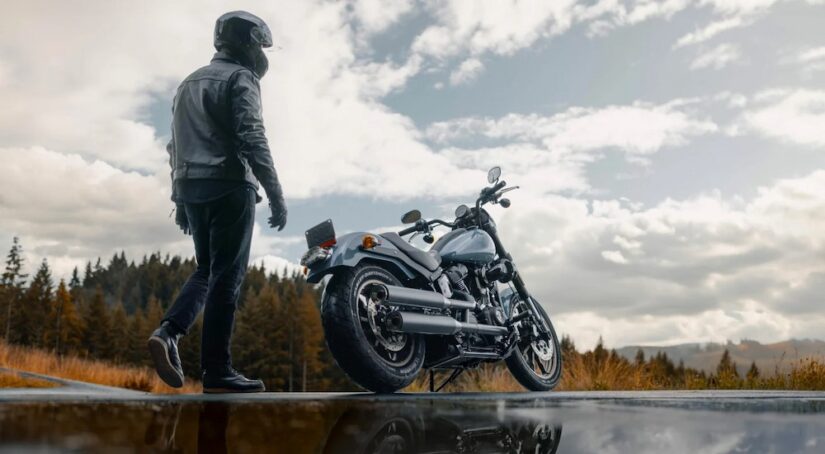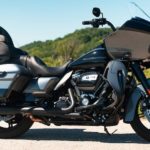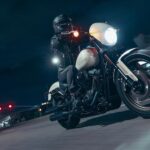Over the past 30 years, two of the most popular Harley-Davidson model families have been the Low Rider cruiser and the Road Glide/Street Glide touring bikes. Since their introductions in 1977, 1995, and 1984, respectively, they have proven to deliver the performance and style riders seek.
But which family of motorcycles is right for you? Do you look for a Harley-Davidson Low Rider for sale, a Road Glide, or a Street Glide? On the surface, they may seem similar. The same Milwaukee-Eight 117 engine powers each bike, the biggest engine that Harley-Davidson offers. Each is available with a fairing to keep the wind out of your nostrils. They also have a tubular steel frame tuned for performance on various surfaces. For those new to motorcycles, this may seem like all the important things to know.
However, there are some noteworthy differences in how these motorcycles are designed and how they ride. Knowing these differences will help you choose the best bike for the way you prefer to adventure. This review will help you decide between the Low Rider and the Street Glide/Road Glide when buying your next motorcycle.
Power and Performance
Let’s start with that Milwaukee-Engine 117 powerplant. Though each of these bikes has the same basic 117-cubic-inch heartbeat, you’ll notice a couple of tweaks. The Road Glide and Street Glide version of the engine has a 10.3:1 compression ratio, which is slightly higher than the 10.2:1 ratio on the Low Rider S/ST. The exhaust is also different. The Road Glide and Street Glide have a 2-1-2 dual exhaust system and tapered mufflers, while the Low Rider family has a 2-into-2 offset exhaust with a catalyst inside the muffler.
That might not sound like much, but it has a notable impact. The Harley-Davidson Road Glide/Street Glide makes 105 hp and 130 lb-ft of torque. The Low Rider S/ST has a claimed 103 hp and 125 lb-ft of torque, but Cycle World testing could only produce 95 hp and 115 lb-ft, a significant gap between claimed and tested figures. Admittedly, the power gains are offset somewhat by a heavier running weight. The Road Glide weighs 811 lbs, while the Street Glide comes in at 838 lbs. The Low Rider S weighs 679 lbs, and the Low Rider ST comes in at 721 lbs, mainly thanks to its luggage. While the Low Rider has more than enough power for zipping around downtown and the back roads, particularly with its lower weight, you’ll notice the added surge of the Road Glide and Street Glide on the highway.
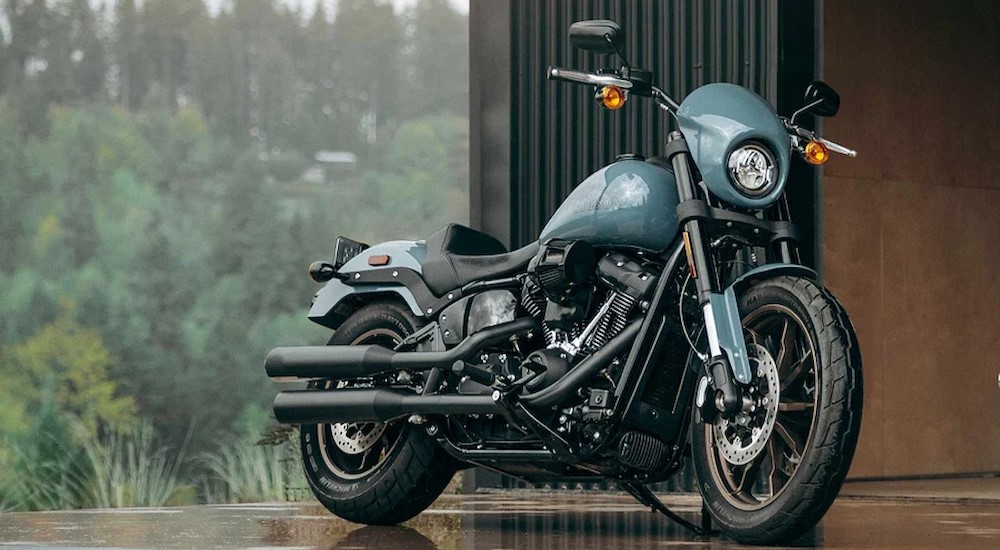
Bike Design and Dimensions
The total weight is just one of several design variations that make these bikes ride the way they do. In addition to being noticeably lighter, the Low Rider family is almost two inches shorter, though the wheelbase is about the same. The Low Rider motorcycles also have a little more rake and less trail. These characteristics make Low Rider bikes more stable at lower speeds, while the Road Glide/Street Glide are more stable at higher speeds. Ironically, despite its name, the Low Rider’s ride and seat heights are slightly higher than the Road Glide and Street Glide.
Furthermore, the Road Glide and Street Glide are made to ride for a long while. The fuel tank holds an additional gallon of gas, which is a big deal when you’re talking about six gallons versus five gallons. They have matching saddlebags with 2.42 cu.ft. of space and floorboards to rest your feet. Meanwhile, the Low Rider ST saddlebags have 1.9 cu.ft. of cargo room, and the Low Rider S has no saddlebags. Neither Low Rider has floorboards but footpegs instead. Also, the Road Glide/Street Glide comes with a passenger seat to bring a friend along. On the Low Rider, you’ll be going solo every time.
Suspension and Chassis
The purpose of each motorcycle comes further into focus when you look at the underpinnings. Though both are built on a steel frame, the Low Rider S/ST uses a single-rate 43mm inverted fork, while the Road Glide/Street Glide has a 49mm dual-bending valve fork. This means the Low Rider has a stiffer front end than a traditional telescoping fork for more responsive handling. The dual bending valve design, meanwhile, simultaneously compresses and rebounds to absorb bumps, and it automatically adjusts the total stiffness based on rider weight.
In the rear, Low Rider motorcycles use a coil-over mono-shock, a versatile high-performance solution whether you’re riding around town or on the interstate. Road Glide/Street Glide bikes come with dual emulsion shocks, which maintain smoother performance on winding roads because they don’t get stiffer after compressing over and over. Both designs have preload adjustments to set the rebound where you want it.
The braking system on the Road Glide/Street Glide is a little more advanced, with fixed front and rear calipers as well as a fixed rear rotor. This means better braking and less pad wear than the Low Rider, which has a floating rear caliper and floating rotors. Finally, the Road Glide/Street Glide uses Dunlop tires made for highway speeds and high lean angles. The Low Rider is fitted with Michelin Scorcher 31 tires meant to give riders all-purpose comfort.
Electronics and Safety
Even with everything we’ve already mentioned, this is where the gap between these bikes is biggest. The Road Glide/Street Glide has the latest and greatest or everything when it comes to rider enhancements. Standard features include anti-lock brakes, traction control, electronic-linked braking, drag-torque slip control, tire pressure monitoring, and cornering-enhanced controls. You’ll feel glued to the road even when riding to the limits. On the Low Rider, all you get are anti-lock brakes and traction control. It’s a great setup for experienced riders looking for that retro feel but not necessarily great for modern comfort.
As for infotainment, the Road Glide/Street Glide has one of the most advanced motorcycle systems around. You get a 12.3-inch screen with integrated digital gauges, twin fairing speakers, hands-free Bluetooth calling, Apple CarPlay, USB media connections, and other goodies to enhance long rides. With the Low Rider, it’s “Infotainment? What infotainment?” The Low Rider does not include any infotainment system, and the gauges are as basic as they come. It’s another old-school characteristic that will be appreciated by people who want to cut the cord a bit while they’re on their steed.
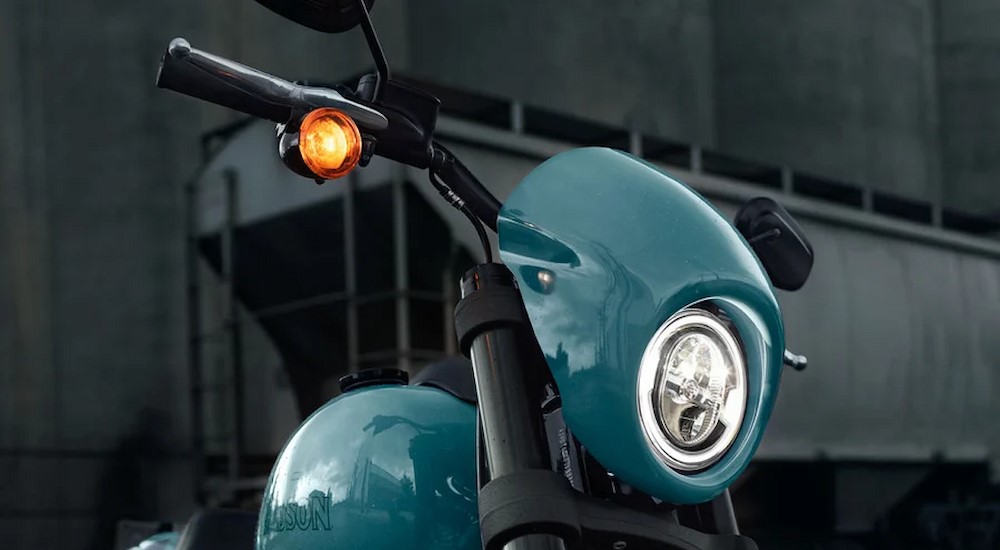
The Verdict
While the Low Rider and the Road Glide/Street Glide are both high-quality bikes filled with a Milwaukee-Eight 117 engine and a Harley-Davidson soul, they serve different audiences. The Low Rider is geared more toward everyday urban riding and backroads cruising, and has more of a barebones design. This puts more back in the hands of the rider and helps them feel at one with the road. It’s also the best bike for a solitary trip with no frills, just you and your motorcycle.
On the other hand, the Road Glide and Street Glide are top-of-the-line touring bikes made for spending hours on the highways and byways. They have a little extra juice, a suspension that handles the faster interstate speeds, and all the creature comforts you and a mate need on a Sunday ride. (Choosing between the Road Glide and the Street Glide is another story.)
By thinking about what you want from your riding experience, you can pick the Harley-Davidson that will provide it. Newer riders who are still deciding who they are as bikers should take both for a test ride and feel the differences for themselves. Just remember, it’s not a case of one being objectively better or worse than the other. They’re made to do different things, and they do those things quite well for those seeking them.
